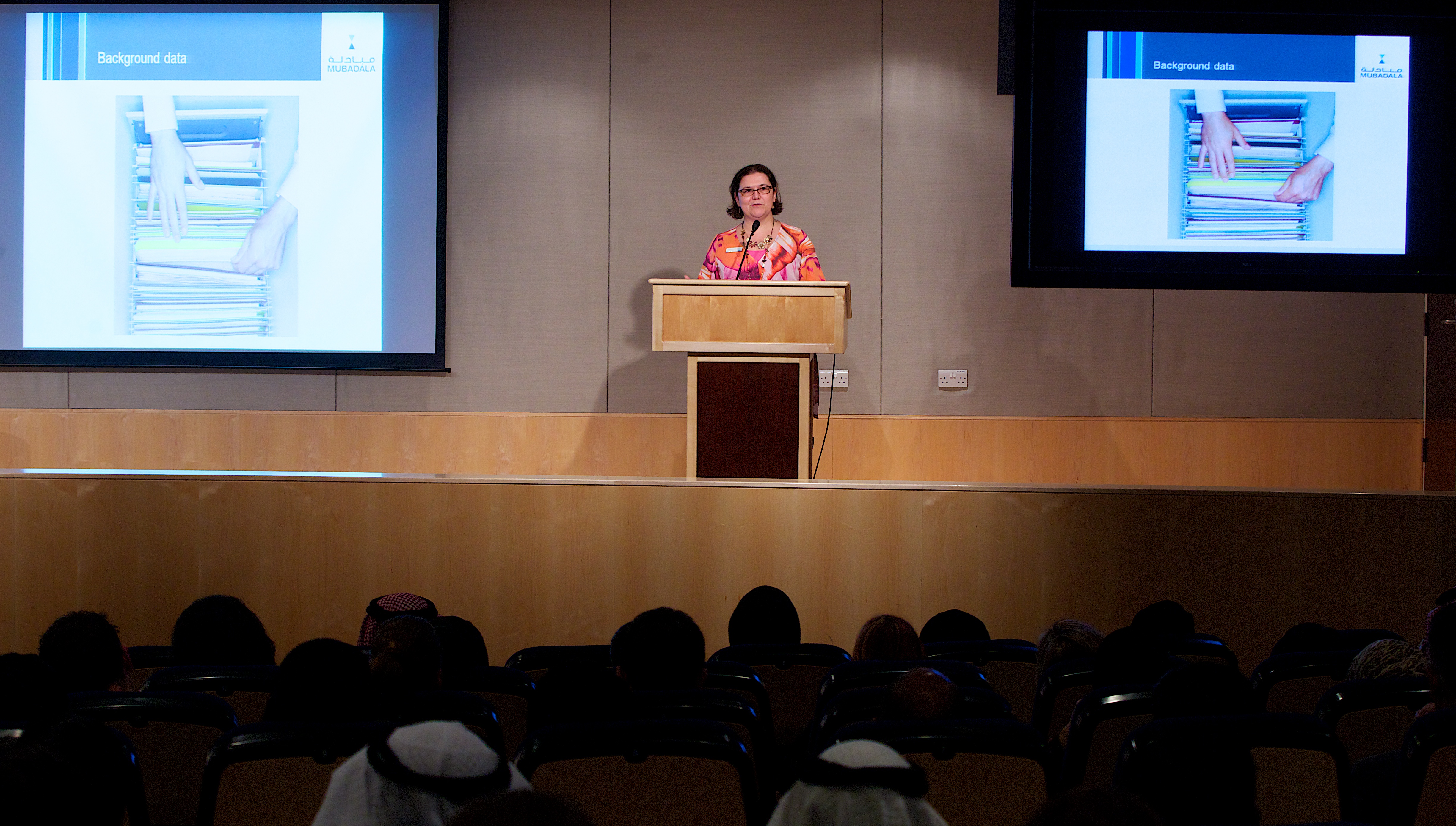I was recently in discussion with an Emirati friend. The topic of our conversation was retirement/pensions and how different it is between Europe and the GCC. We talked about the pension landscape in both regions, and what is happening towards pensions approaches as a result. In today’s post I will cover Europe, and my next post will be about the GCC.
Europe has an aging population, with few countries having a high enough birth rate to replace the generations (so in the mid-term, recourse to increased immigration will be necessary). With aging come all the related healthcare costs, which represent an additional burden to our national economies. Generation X is much smaller in size than the Boomers, and the older generations (those 80+ years old) are still around as the quality of medical treatments improves and life expectancy increases. Plus, Europe generally offers some generous State benefits, which are funded through income taxes and social security and pension contributions from the working people and their employers.
Types of pension approaches
Some countries like France or Germany have adopted the pay-as-you-go system, where the working pay for the retired, and when their time will come to retire, the working at that point in time will contribute towards paying their retirement. It is a great system for inter-generational solidarity. The problem is, the people working and contributing are dwindling in size compared to the people benefiting from the systm. For example in France, from 1960 to 2010, the number of active contributors for each pensioner fell from 4.1 to 1.8, respectively, with a further decline to 1.2 contributors projected by 2050 (source : International Social Security Association). So the system has become increasingly more difficult to fund given the demographic distribution.
Other countries have implemented a funded pension system where everyone contributes to their own pension through funding. So today’s employee contribute towards his/her own pension in the future. This system encourages responsibility and fairness in the sense “to each his own”. However it is not good for supporting current older generations and for supporting the poorer sections of society.
Within that approach, there are 2 main categories : Defined Benefits (DB) and Defined Contributions (DC). Defined Benefits is where, no matter which amount you and your employer have contributed towards your pension, you are guaranteed to receive a specific amount for pension upon your retirement (so you know what you will benefit from – hence the Defined Benefit name). If the sum of the employee-related contributions and the returns from the invested money does not cover the amount guaranteed in the pension scheme, then the contributions increase – mostly as a cost burden for the employer, sometimes with contribution from the employees.
In Defined Contribution plans, the only thing which is sure is how much money is put into the retirement fund. This amount is made of the employee and employer contributions. It is then invested, and the total amount available for the person when they retire is the sum of these contributions, plus or minus any fluctuations (gains or loss) made from the investments. So you may end up with a very large pot of money to retire, or a small one. The name Defined Contribution comes from the fact that only the input into the fund is guaranteed.
Some of the reactions / solutions
So what are our countries doing when faced with the growing burden of the Baby Boomers retiring in massive numbers, and living for longer than any generation in the history of humankind ?
Besides to trying to find other sources of financing than employee and employer contributions, they are reducing the benefits given out to each pensioner. They are lengthening the numbers of years required to work before being eligible to retirement. They are increasing the % of mandatory contributions. France for example introduced voluntary company or employee Defined Contribution schemes on top of the pay-as-you-go system. It is a bit like a long-term savings accounts created for retirement purposes, and people are encouraged to contribute through tax deductions. Other countries have created hybrid plans between DB and DC.
Companies with Defined Benefits schemes are closing these schemes and replacing them with Defined Contribution schemes, as the financial burden became so high sometimes that these companies would technically be bankrupt just because of their pension liability. Everywhere, the responsibility of pension income is increasingly shifting towards the employee.
The article The economic conandrum of an aging population from WorldWatch Institute, though not recent, will give more in-depth understanding of the impact of an aging population on the economy if you are interested in this topic. And in my next post, I will cover the outlook in the GCC countries so that you can draw comparisons between the different situations.
Related post :


Speak Your Mind